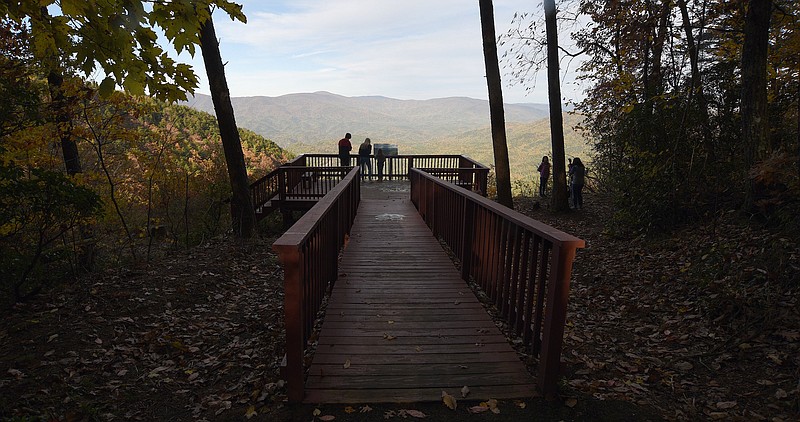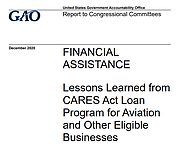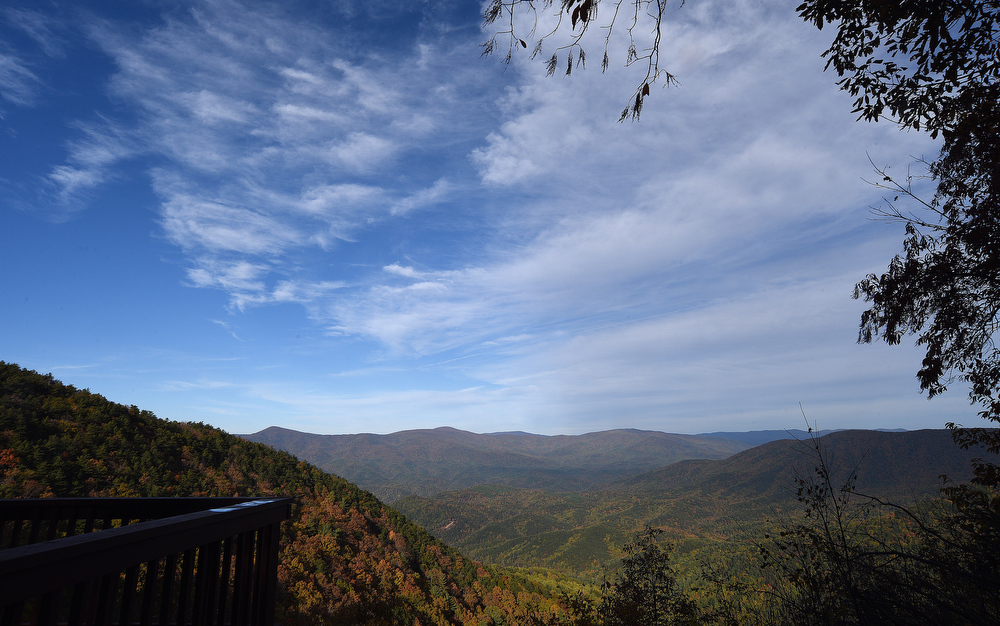A foursome of regional conservation groups have a few problems with the U.S. Forest Service's restoration plans across 157,625 acres of Georgia's Conasauga, Blue Ridge and Chattooga River ranger districts in the Chattahoochee-Oconee National Forests.
The project dubbed the Foothills Landscape Project is roughly twice the size of Atlanta, and the Southern Environmental Law Center, on behalf of the four conservation groups, has filed a 25-page objection with the forest service regarding its final environmental assessment released in December.
An estimated 244,000 people live in the project area that lies in portions of Dawson, Fannin, Gilmer, Habersham, Lumpkin, Murray, Rabun and White counties in North Georgia.
"Filing an objection is a way for the public to seek additional administrative review of a forest service decision and, since the Foothills Landscape Project will be the largest project in the history of the Chattahoochee National Forest, we believe filing this objection is necessary to ensure this project has a sound foundation as it moves forward," law center spokesperson Eric Hilt said in an email.
The objection mostly cites procedural issues in decision-making that make it unclear to the public whether there will be more opportunities for public engagement as the ambitious project moves forward, and criticizes the assessment for not providing a more robust quantitative accounting of the impact on climate change. The forest service has already incorporated some changes from previous public input efforts to draw the two sides closer together.
"We've leaned really hard into making this project more specific and transparent based on the public input that we received when we shared the original environmental assessment in 2019," forest service spokesperson Judy Toppins said Friday in an email. "We heard loud and clear that people wanted more input and involvement in the process, and we believe that working closely with all the people who care about the management of their national forest helps make this a better project."
Since 2019, "we shifted to what's called a programmatic environmental assessment, which looks at the big picture and provides a clearer and more transparent decision-making process for future needs," she said. "Most of the actions identified in this programmatic [environmental assessment] will need additional [National Environmental Policy Act] review.
"We are confident this revised process will lead to better and more informed decisions, and it is in direct response to what the project objectors have advocated for," she said.
The Foothills Landscape Project aims to answer problems stemming from decades of past management practices in the forests in question. According to federal documents, existing conditions within the project landscape do not meet the desired conditions outlined in a 2004 forest plan. The federal agency has described portions of the project area's existing forest as an even-aged, closed-canopy forest that doesn't provide benefits for all the different species that require a variety of natural habitats, while other areas consist of old-growth forest the project seeks to preserve.
Desired open light environments, such as woodlands, provide forage, seed, pollen and nesting cover to specific species over a long part of the year, while mature forests provide habitat to a suite of species that use tree cavities or canopy habitat.
Specifically, according to the final environmental assessment, the Foothills Landscape Project seeks to:
- Improve forest composition and structure.
- Reduce risks to forest health.
- Maintain the forest's resilience to climate change.
- Increase forest age diversity.
- Enhance unique habitats.
- Provide quality habitat for threatened and endangered species.
- Enhance habitats for native species.
- Increase aquatic habitat quality and connectivity.
- Expand the ecological role of fire.
- Protect neighboring communities from wildfire.
- Enhance and provide sustainable recreation opportunities.
The law center and its conservation partners are happy with some of the changes the federal agency made in its approach, if not all of the details.
"Given the unprecedented scope of the Foothills Landscape Project, the relatively straightforward procedural changes raised in the objection are necessary to ensure this project is on a sound foundation moving forward," the center's senior attorney Brian Gist said in a news release about the objection. "We are pleased with the forest service's change in approach to this project and seek to ensure that it is implemented based on complete environmental review and robust public engagement."
The center filed the objection on behalf of Georgia ForestWatch, the Chattooga Conservancy, Georgia Chapter of the Sierra Club and the Wilderness Society in response to the forest service's final environmental assessment issued in October 2021.
The objection raises three central problems with agency plans, including provisions for an oversight group of which the law center and conservation groups are a part, according to the document.
"First, although the final [environmental assessment] purports to use a programmatic approach, it fails to clearly identify when or if future actions will receive additional, tiered [National Environmental Policy Act] review," the objection said.
The forest service's final environmental assessment "avoids any further commitments or clarification on when tiered [National Environmental Policy Act] review may be performed. It is impossible for anyone, including the objectors, to read the final [environmental assessment] and understand what decisions the forest service believes have been completely reviewed under the final [environmental assessment] and what decisions will require additional [National Environmental Policy Act] review."
"Second, the final [environmental assessment] seeks to defer critical decisions to the planned collaborative group, allowing these decisions to be made after the final [environmental assessment] and outside of the [National Environmental Policy Act] process," the objection said.
"The problem here does not arise from the use of a collaborative group, but from the order of operations," the objection said. "It is perfectly appropriate for the forest service to use a collaborative group to build consensus and inform its decisions. But here, the forest service seeks to complete its [National Environmental Policy Act] review first and allow the collaborative group to make crucial implementation decisions later. Making these decisions after and outside of the [National Environmental Policy Act] process is prohibited by law.
"Third, the final [environmental assessment] does not properly account for the Foothills Landscape Project's effects on carbon emissions and carbon storage in the [Chattahoochee-Oconee National Forest]," the objection said.
"Given the Foothills Landscape Project's sweeping scope," the objection said, "it has equally broad potential to impact carbon emissions and storage on the [Chattahoochee-Oconee National Forest]. In fact, the foothills project may have the greatest impact on carbon storage and emissions on the [Chattahoochee-Oconee National Forest] of any forest service project ever proposed."
Those concerns are already being studied.
Toppins said an objection review team made up of experts outside the national forest are reviewing all the objection issues and will be providing recommendations. A federal "reviewing official" will meet with the objectors in the coming weeks, she said.
"We are confident the issues raised are ones that can be worked through, especially given our collaborative relationship throughout years of project development with the parties involved," she said.
(READ MORE: Ancient Native American site defaced in Georgia forest)
Ed Hunter, the forest supervisor for the Chattahoochee-Oconee National Forests, sees promise as the project evolves.
"We're so proud of this project plan and the fact that it was developed collaboratively with our partners and community members across North Georgia," Hunter said in an emailed statement. "I'm confident we can continue to work together to resolve concerns as we all move forward doing what's best for the forest and the people we serve.
"Through the Foothills Landscape Project, we look forward to years of proactive forest management that helps to create a more resilient and healthy national forest with sustainable resources for this and future generations," he wrote.
The objections received are being considered before moving forward with a final "decision notice," the next formal step in the process.
"Once the 'decision' is signed, implementation can begin in collaboration with the public," Toppins wrote.
Contact Ben Benton at bbenton@timesfreepress.com or 423-757-6569. Follow him on Twitter @BenBenton.



